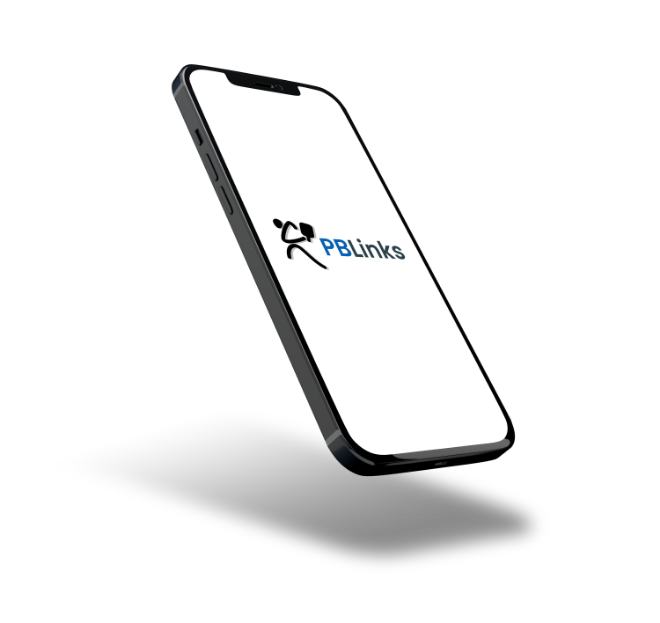

PB Link aims to create a user-friendly mobile app for pickleball enthusiasts worldwide, focusing on user engagement, court management, player profiles, location-based services, administrative tools, customization, cross-platform compatibility, and integration. The app aims to simplify the process of finding courts, organizing games, and connecting players and clubs.
Combines multiple pain points—finding courts, joining games, managing events, connecting with others—into one seamless solution.
Users can discover courts, clubs, and players both locally and internationally.
Real-time messaging, friend invitations, and profile personalization enhance social connection.
PB Link helps pickleball players find courts, organize games, and connect with a global community.
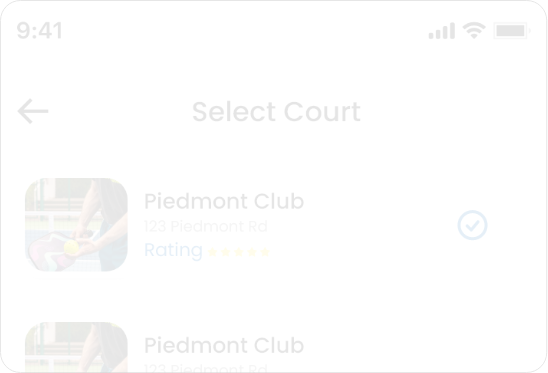
The platform offers a list of courts in the USA and abroad, sorted by region with dates, times, and player numbers. Users can access location details and add new ones as needed.
Users can indicate indoor/outdoor facility types, private/public courts, and view the number of courts and lights availability.
Users can add new locations and their profiles are recognized at court locations for seamless identification.
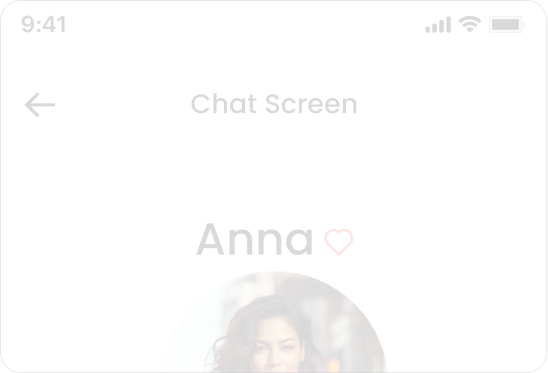
Users can leave messages and chat directly with other players on the platform for seamless communication and coordination.
The steps taken from the preliminary development considerations to the final release of the app.
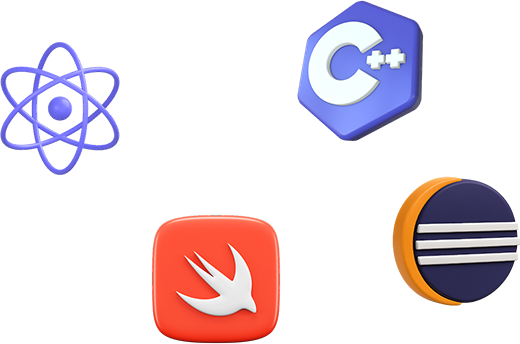
A brief overview of the target audience, their needs, and how the product is tailored to solve their specific problems or improve their daily experience.
An outline of the strategic and technical decisions made during development—platform selection, architecture, tools, and methodologies that shaped the foundation of the app.
A deep dive into the visual and user experience design—color schemes, branding, UI components, and how the design was crafted to be intuitive, engaging, and aligned with user behavior.
Details on how complexity was reduced in both user flows and functionality—ensuring ease of use, smooth navigation, and minimal learning curve across all user types.
Insights into the testing phase—how the app was tested with users, what feedback was collected, how bugs were resolved, and how usability improvements were made based on real user input.
An explanation of the systems or features used to monitor app performance, user behavior, and data insights post-launch—helping stakeholders track success and usage trends.
Describes the delivery process—how documentation, admin tools, or training were provided to clients or stakeholders, ensuring a smooth transition and operational readiness.
A section dedicated to the app’s future roadmap—plans for updates, new features, continuous feedback loops, and the long-term vision for evolving the platform.
Showcases the app’s unique selling points and differentiators—what makes it memorable, competitive, and valuable in its industry or market.
1
Who’s It For2
Choosing How to Build3
Designing the Look4
Making it Simple5
Testing & Feedback6
Keeping Track7
Handing Over8
Always Improving9
Helping It Stand OutPartner with CMOLDs and turn your app idea into reality with expert app developers and designers on deck!